Most of the time the term “greener” means more expensive, a lot more expensive, anytime something from the scientific world can be produced cheaper, safer, and greener, it is a cause for celebration. Humankind does have an obligation to keep the environment clean, and to do so in a safe and efficient manner, Benjamin List and David W.C. MacMillan have proven this with their Nobel winning breakthrough in chemistry. The Associated Press has the story:
The discovery of List and MacMillan, is already benefiting humankind, and will no doubt lead to other benefits for the world
STOCKHOLM (AP) — Two scientists won the Nobel Prize for chemistry Wednesday for finding an “ingenious” new way to build molecules that can be used to make everything from medicines to food flavorings.
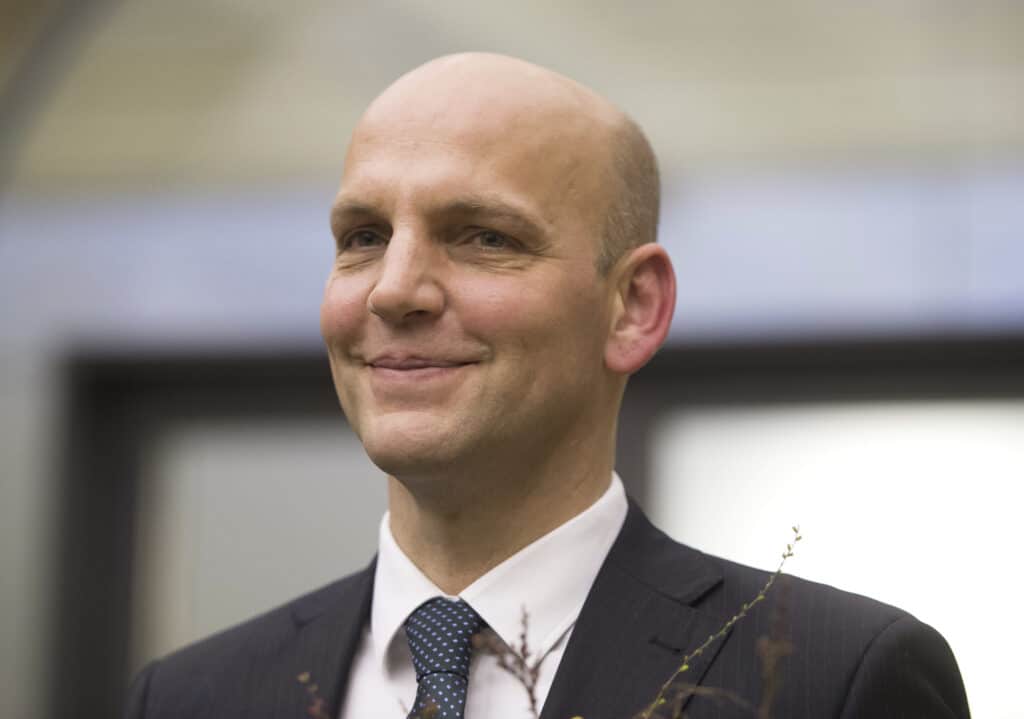
The work of Benjamin List of Germany and Scotland-born David W.C. MacMillan has allowed scientists to produce those molecules more cheaply, efficiently, safely — and with significantly less environmental impact.
“It’s already benefiting humankind greatly,” said Pernilla Wittung-Stafshede, a member of the Nobel panel.
Making molecules — which requires linking individual atoms together in specific arrangement — is a difficult and slow task. Until beginning of the millennium, chemists had only two methods — or catalysts — to speed up the process.
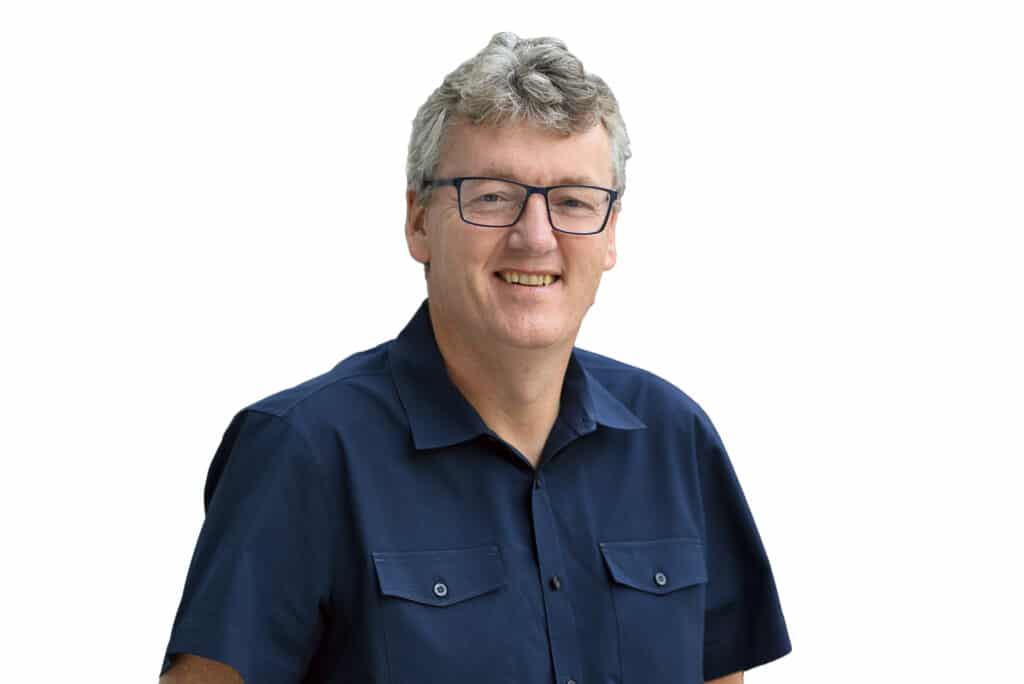
That all changed in 2000, when List, of the Max Planck Institute, and MacMillan, of Princeton University, independently reported that small organic molecules can be used to do the same job as big enzymes and metal catalysts.
The new method, known as asymmetric organocatalysis, “is used widely today, for example, in drug discovery and in fine chemicals production,” said Wittung-Stafshede.
Johan Åqvist, chair of the Nobel panel, called the new method as “simple as it is ingenious.”
“The fact is that many people have wondered why we didn’t think of it earlier,” he added.
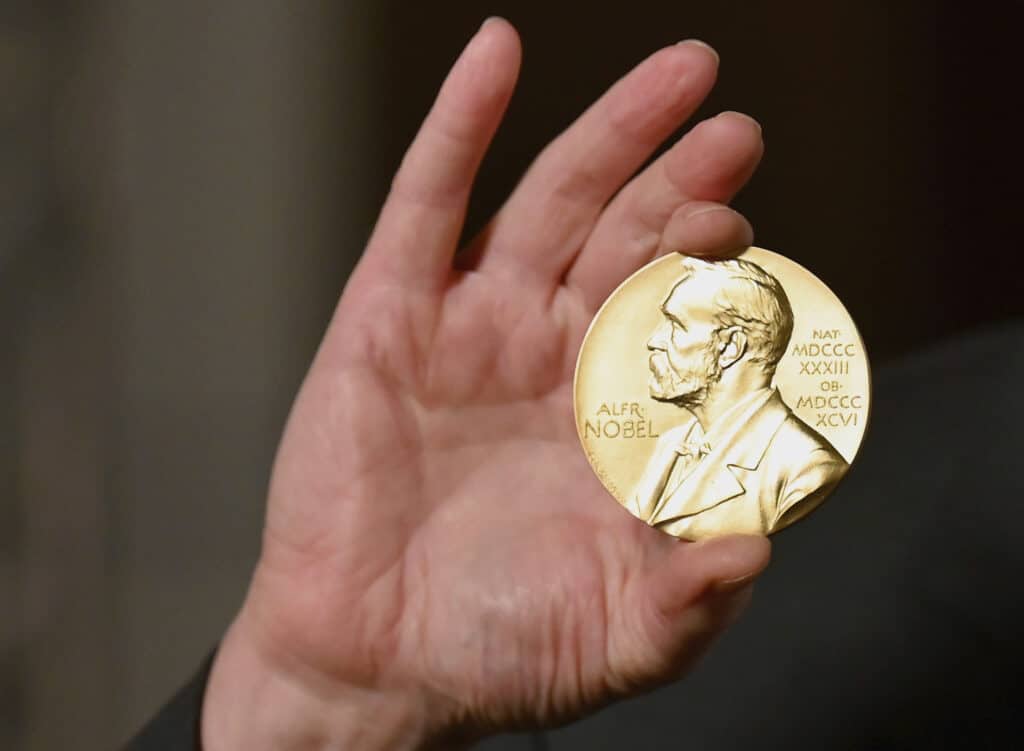
H.N. Cheng, president of the American Chemical Society, said the laureates developed “new magic wands.”
Before the laureates’ work, “the standard catalysts frequently used were metals, which frequently have environmental downsides,” said Cheng. “They accumulate, they leach, they may be hazardous.”
The catalysts that MacMillan and List pioneered “are organic so they will degrade faster, and they are also cheaper,” he said.
Peter Somfai, another member of the committee, stressed the importance of the discovery for the world economy.
“It has been estimated that catalysis is responsible for about 35% of the world’s GDP, which is a pretty impressive figure,” he said. “If we have a more environmentally friendly alternative, it’s expected that that will make a difference.”
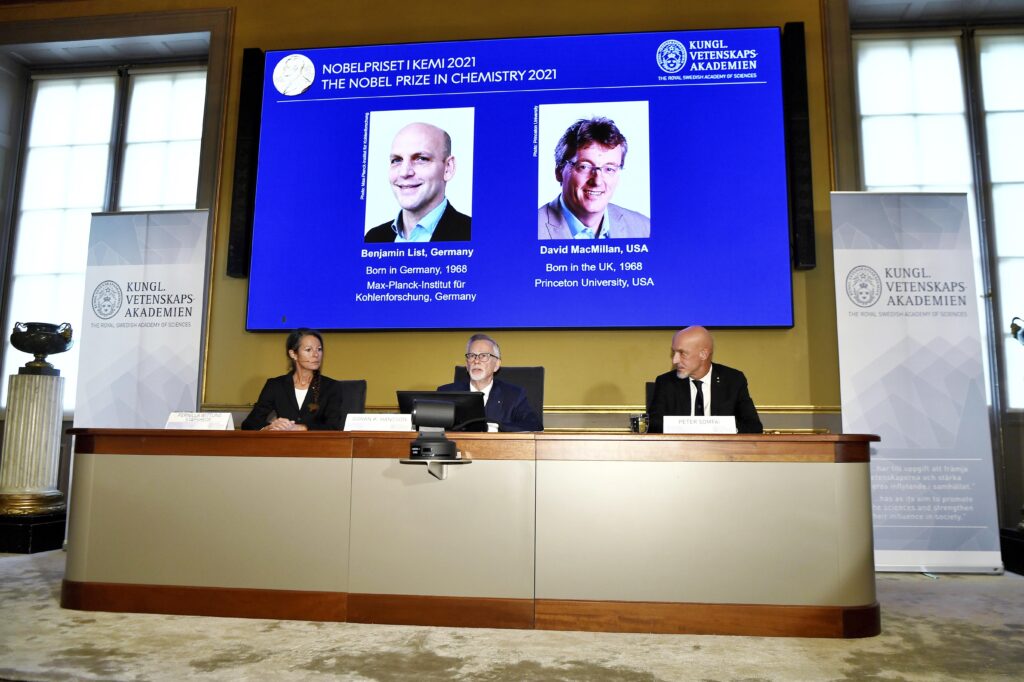
Speaking after the announcement, List said the award was a “huge surprise.”
“You really made my day today,” the 53-year-old said by telephone to the journalists gathered for the announcement from his vacation in Amsterdam.
List said he did not initially know that MacMillan was working on the same subject and figured his hunch might just be a “stupid idea” — until it worked.
“When I saw it worked, I did feel that this could be something big,” he said of his eureka moment.
Since their discovery, the tool has been further refined, making it many times more efficient, said List, adding that the “real revolution” was only just beginning.
List said the award would allow him even greater freedom in his future work.
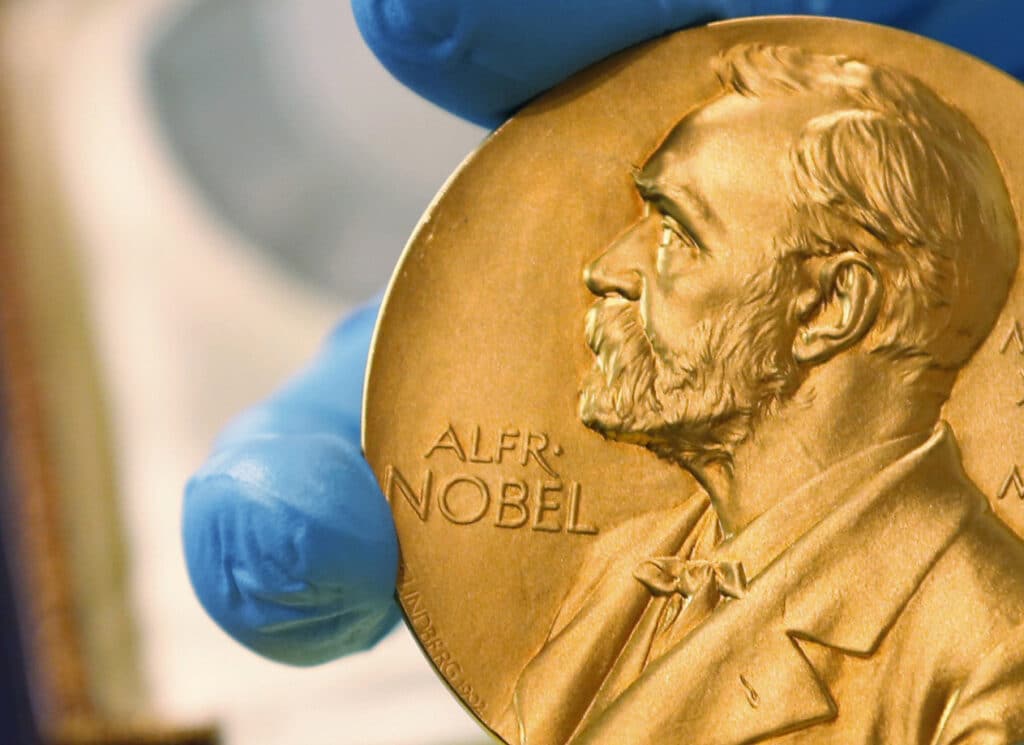
“I hope I live up to this, to this recognition and continue discovering amazing things,” he said.
MacMillan had not yet been reached by the time of the announcement, said Goran Hansson, secretary-general of the Royal Swedish Academy of Sciences.
It is common for several scientists who work in related fields to share the prize. Last year, the chemistry prize went to Emmanuelle Charpentier of France and Jennifer A. Doudna of the United States for developing a gene-editing tool that has revolutionized science by providing a way to alter DNA.
The prestigious award comes with a gold medal and 10 million Swedish kronor (over $1.14 million). The prize money comes from a bequest left by the prize’s creator, Swedish inventor Alfred Nobel, who died in 1895.
On Monday, the Nobel Committee awarded the prize in physiology or medicine to Americans David Julius and Ardem Patapoutian for their discoveries into how the human body perceives temperature and touch.
The Nobel Prize in physics was awarded Tuesday to three scientists whose work found order in seeming disorder, helping to explain and predict complex forces of nature, including expanding our understanding of climate change.
Over the coming days prizes will also be awarded for outstanding work in the fields of literature, peace and economics.
Jordans reported from Berlin. Christina Larson contributed from Washington.
By DAVID KEYTON and FRANK JORDANS






